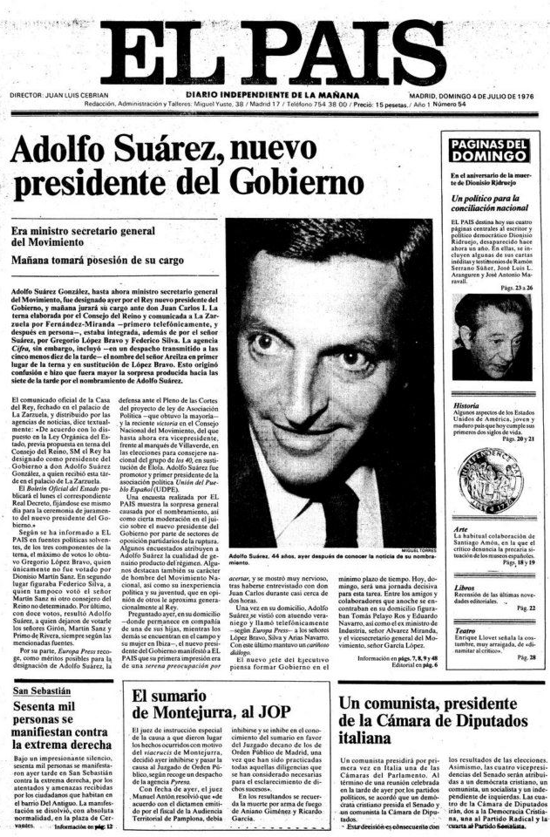 |
| Apple Computer Company logo. Left: 1976, by Ronald Wayne. It shows Isaac Newton sitting under an apple tree. The border reads: NEWTON... "A MIND FOREVER VOYAGING THROUGH STRANGE SEAS OF THOUGHT... ALONE". Right: 1977, by Rob Janoff. Soon the apple shape becomes universally recognizable. |
Name: "Apple-1"
Categories: Electronics, Home - Office - School
Subcategory: Computer
Developer: Steve Wozniak
Producer: Apple Computer Company (founded on April 1, 1976, by Steve Jobs, Steve Wozniak, and Ronald Wayne)
Production start: July 1976 - Palo Alto, California, USA (debut at the Homebrew Computer Club)
Discontinued: September 30, 1977
First price: 666.66 USD (dropped to 475 USD in April 1977)
Features: Apple-1 was world's first Personal Computer with monitor and keyboard access. It was delivered as a motherboard only, with the peripheral equipment - case, power supply transformers, power switch, ASCII keyboard, and composite video display - supplied by the user. As Apple-1 did not have an operating system, but a so-called "monitor program" that provided the interface between keyboard entry, CPU, memory and monitor exit, more sophisticated software system such as Basic had to be loaded on cassette; the cassette-interface card was offered by Apple as an optional addition. Microprocessor MOS Technology 6502. Clock Frequency 1.023 MHz. Effective Cycle Frequency (including refresh waits) 0.960 MHz. Video Output: Composite positive video, 75 ohms, level adjustable between zero and -15Vpp. Line Rate 15734 Hz. Frame Rate 60.05 Hz. Format: 40 Characters/line, 24 lines with automatic scrolling. Display Memory: Dynamic shift registers (1K x 7). Character Matrix: 5 x 7. RAM Memory: 16-pin, 4K Dynamic, type 4096 (2104). On-board RAM Capacity: 8K bytes (4K supplied). Power Supplies: +5 Volts @ 3 amps, +/-12 Volts @0.5 amp and -5 Volts @ 0.5 amps. Input Power Requirements: 8 to 10 Volts AC (RMS) @ 3 amps, 26 to 28 Volts AC (RMS) Center-Tapped, 1A.
Interesting facts: In April 1976 three young entrepreneurs - Steve Jobs, Steve Wozniak ("Woz") and Ronald Wayne - founded the Apple Computer Company to sell a new kit-form personal computer, designed and hand-built by Steve Wozniak. He put together circuit boards for what would be called the "Apple-1", and Jobs sold them to a new computer store, the Byte Shop in Mountain View, California. Although the Apple-1 was not the earliest of the first generation PCs, it captured computer users' interest in an unprecedented way. Approximately 200 units were made. It continued to be sold through August 1977, despite the introduction of the Apple II in April 1977, which began shipping in June of that year. Apple dropped the Apple I from its price list by October 1977, officially discontinuing it.
Slogan: «Apple Introduces the First Low Cost Microcomputer System with a Video Terminal and 8K Bytes of RAM on a Single PC Card»
Property: Apple Inc.
Producer website: http://www.apple.com
 |
 |
 |
 |
Apple-1: Apple's first Personal Computer and first product ever (1976) |
 |
| A rare Apple-1 ensemble (1976), comprising: matte-green Apple-1 motherboard with gold-plated white ceramic 6502 microprocessor; original cassette interface card for loading Apple-1 BASIC programming language; custom-written modern BASIC software demo program cassette; Datanetics keyboard; Sanyo VM-4209 9-inch monitor; period Stancor transformer; original "Apple-1 Operation Manual" and "Cassette Interface Manual". It was sold by Auction Team Breker on May 25, 2013, for 671,400 USD (World Record Price). |
 |
| Apple-1, cover for the Operation Manual |
 |
| Apple-1 assembled in a homemade wooden case |
 |
| Apple-1 advertisement (Interface Magazine, July 1976) |
 |
| Apple-1 advertisement (Interface Magazine, October 1976) |
 |
| Apple Inc. co-founders with their first product Apple-1 in 1976: Stephen (or Stephan) Gary "Steve" Wozniak (San Jose, Aug. 11, 1950), and Steven Paul "Steve" Jobs (San Francisco, Feb. 24, 1955 - Palo Alto, Oct. 5, 2011) |
 |
 |
| Apple Personal Computer 40 years later (iMac 2016) |
You might also like:
--- Apple Mac OS








